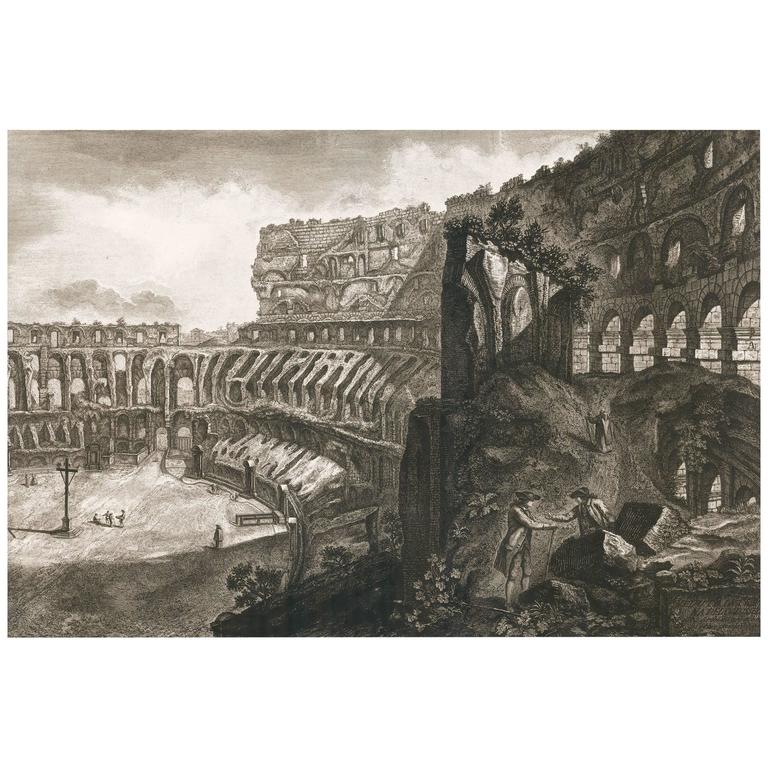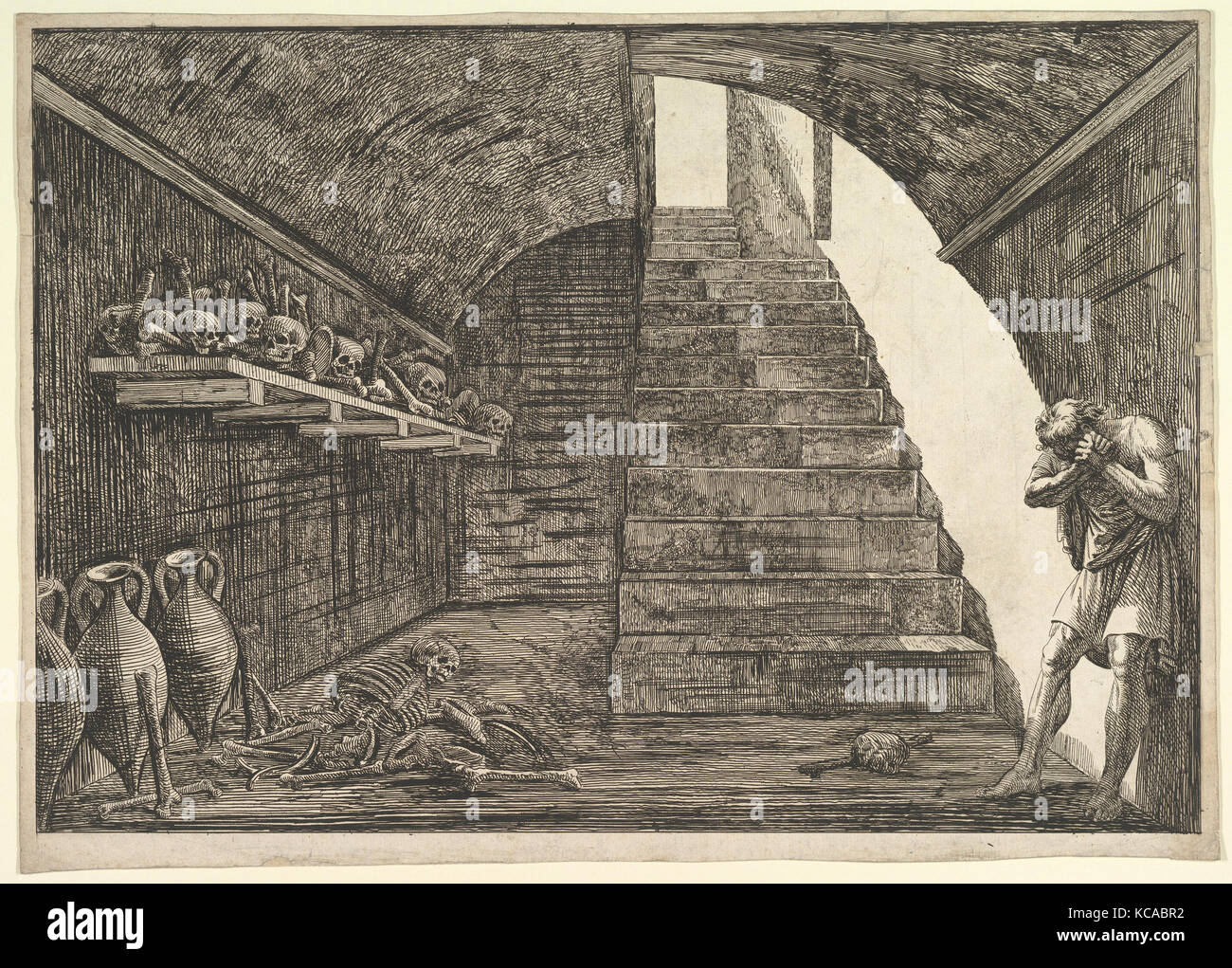
He died in Rome in 1778 after a long illness, and was buried in the church he had helped restore, Santa Maria del Priorato. In 1776 he created his best known work as a 'restorer' of ancient sculpture, the Piranesi Vase, and in 1777–78 he published Avanzi degli Edifici di Pesto (Remains of the Edifices of Paestum).
#Francesco piranesi series#
In 1769 his publication of a series of ingenious and sometimes bizarre designs for chimneypieces, as well as an original range of furniture pieces, established his place as a versatile and resourceful designer. In 1767 he was made a knight of the Golden Spur, which enabled him to sign himself "Cav Piranesi". He combined Classical architectural elements, trophies and escutcheons with his own particular imaginative genius for the design of the facade of the church and the walls of the adjacent Piazza dei Cavalieri di Malta. In 1764, one of the Pope's nephews, Cardinal Rezzonico, appointed him to start his only architectural work, the restoration of the church of Santa Maria del Priorato in the Villa of the Knights of Malta, on Rome's Aventine Hill. The following year he was commissioned by Pope Clement XIII to restore the choir of San Giovanni in Laterano, but the work did not materialize. In 1762 the Campo Marzio dell'antica Roma collection of engravings was printed. In 1761 he became a member of the Accademia di San Luca and opened a printing house of his own. In the meantime Piranesi devoted himself to the measurement of many of the ancient buildings: this led to the publication of Le Antichità Romane de' tempo della prima Repubblica e dei primi imperatori ("Roman Antiquities of the Time of the First Republic and the First Emperors"). In 1748–1774 he created an important series of vedute of the city which established his fame. He then returned to Rome, where he opened a workshop in Via del Corso. It was Tiepolo who expanded the restrictive conventions of reproductive, topographical and antiquarian engravings. According to Legrand, Vasi told Piranesi that "you are too much of a painter, my friend, to be an engraver."Īfter his studies with Vasi, he collaborated with pupils of the French Academy in Rome to produce a series of vedute (views) of the city his first work was Prima parte di Architettura e Prospettive (1743), followed in 1745 by Varie Vedute di Roma Antica e Moderna.įrom 1743 to 1747 he was mainly in Venice where, according to some sources, he often visited Giovanni Battista Tiepolo, a leading artist in Venice. Giuseppe Vasi found Piranesi's talent was much greater than that of a mere engraver. He resided in the Palazzo Venezia and studied under Giuseppe Vasi, who introduced him to the art of etching and engraving of the city and its monuments.

His brother Andrea introduced him to Latin literature and ancient Greco-Roman civilization, and later he was apprenticed under his uncle, Matteo Lucchesi, who was a leading architect in Magistrato delle Acque, the state organization responsible for engineering and restoring historical buildings.įrom 1740, he had an opportunity to work in Rome as a draughtsman for Marco Foscarini, the Venetian ambassador of the new Pope Benedict XIV. Piranesi was born in Venice, in the parish of S.

He was the father of Francesco Piranesi and Laura Piranesi. Bildwerdung der Antike - Druckgrafiken bis 1869, curated by Cristina Ruggero und Ulrich Pfisterer, Zentralinstitut für Kunstgeschichte München, 27.06.–.Giovanni Battista (or Giambattista) Piranesi also known as simply Piranesi was an Italian Classical archaeologist, architect, and artist, famous for his etchings of Rome and of fictitious and atmospheric "prisons" (Le Carceri d'Invenzione). With their (literary and visual) records, the representations and concepts, finds and impressions, aspects and notions of the Villa Hadriana were transmitted, which raises numerous questions. The various areas of inquiry primarily focus on the receiver groups of artists, architects, and draughtsmen, but also the excavators, restorers, and art dealers.

#Francesco piranesi portable#
The reception, presentation, and transformation of meaning of the portable decorative elements from the villa complex will be examined on selected examples for their "recontextualization" in private collections and museums. It functioned on the one hand by creating a common experiential space as a basis for European understanding, but served on the other hand – beyond broadening the respective horizons – to develop individual and national concepts. was "rediscovered" in the Renaissance and since then could be considered a surface for projecting an idealized ancient culture.

The complex realized by Emperor Hadrian between 117 and 138 C.E. 2, Etching, 550 x 800 mm (Photo public Domain) 'Warwick Vase' from: Giovanni Battista Piranesi, Vasi, candelabri, cippi…, 1778–1780, vol.


 0 kommentar(er)
0 kommentar(er)
